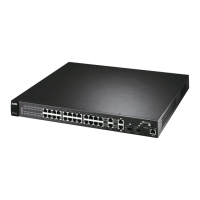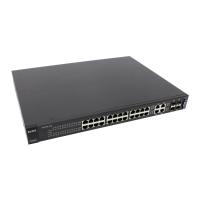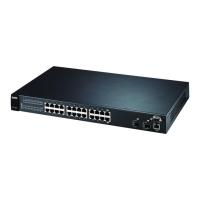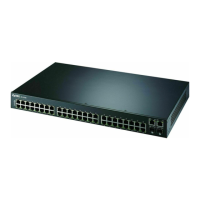PMG5318-B20A User’s Guide 45
CHAPTER 6
Wireless LAN
6.1 Overview
This chapter describes how to perform tasks related to setting up and optimizing your wireless
network, including the following.
• Turning the wireless connection on or off.
• Configuring a name, wireless channel and security for the network.
• Using WiFi Protected Setup (WPS) to configure your wireless network.
• Setting up multiple wireless networks.
• Using a MAC (Media Access Control) address filter to restrict access to the wireless network.
• Performing other performance-related wireless tasks.
6.1.1 What You Need to Know About Wireless
Wireless Basics
“Wireless” is essentially radio communication. In the same way that walkie-talkie radios send and
receive information over the airwaves, wireless networking devices exchange information with one
another. A wireless networking device is just like a radio that lets your computer exchange
information with radios attached to other computers. Like walkie-talkies, most wireless networking
devices operate at radio frequency bands that are open to the public and do not require a license to
use. However, wireless networking is different from that of most traditional radio communications in
that there a number of wireless networking standards available with different methods of data
encryption.
SSID
Each network must have a name, referred to as the SSID - “Service Set IDentifier”. The “service
set” is the network, so the “service set identifier” is the network’s name. This helps you identify
your wireless network when wireless networks’ coverage areas overlap and you have a variety of
networks to choose from.
MAC Address Filter
Every Ethernet device has a unique MAC (Media Access Control) address. The MAC address consists
of twelve hexadecimal characters (0-9, and A to F), and it is usually written in the following format:
“0A:A0:00:BB:CC:DD”.
The MAC address filter controls access to the wireless network. You can use the MAC address of
each wireless client to allow or deny access to the wireless network.

